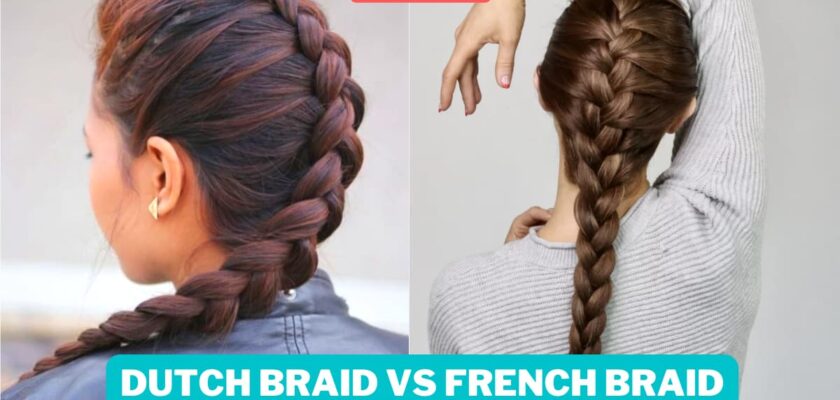When it comes to braiding, it’s a skill that may either be mastered instantly or left in a state of confusion, so those who learnt more popular braids, such as a French braid, when they were younger tend to have an advantage over their peers.
If you’ve ever wanted to learn how to braid your hair, we’ve broken down the differences between French braids and Dutch braids to make it easier for you to get started. It all boils down to whether or not you’re over or under.
The bubble braid has recently been a hot topic, but the French braid and the Dutch braid remain two of the most popular braided updo designs. But if you’re curious about the differences between the Dutch and French braid, keep reading to learn more.
Dutch braid and French braid Difference
The difference between Dutch and French braids is that the French braid crosses parts over the center portion, it differs from Dutch braids in that the Dutch braid crosses the pieces beneath the middle section.
Once you’ve mastered the braiding motion and figured out how to hold the parts in place, both of these designs are simple enough for a novice to pull out. “Practice! Practicing! Practicing! Practicing! Practicing! Practicing!” As you practice, the braiding process will become faster and more natural.
What is a French Braid and Hairstyles Types
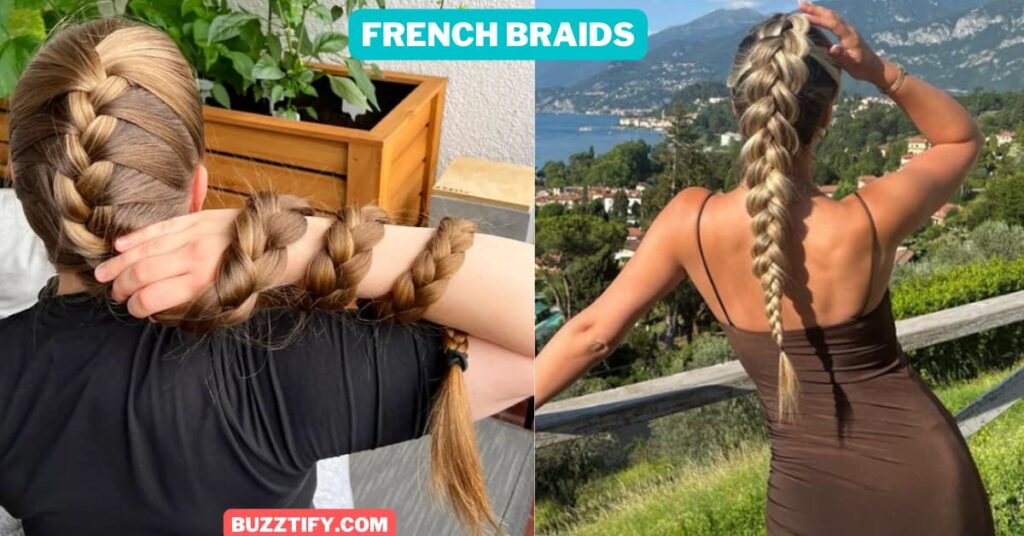
A French braid consists of three separate sections of hair that are braided together in such a way that they cross one another over the portion that runs from the top of the head to the base of the neck.
The classic French braid may be performed either as a single braid or as pigtail braids depending on your preference. This braid is different from a standard braid in that it is created by weaving in little portions of hair into the three strands as you braid. This gives the appearance that the braid is falling down the back of the head.
The final product must encompass all of the hair and should have a tight, comfortable feel on the scalp. When there is around two inches of hair remaining, the end is normally tied with a ponytail holder.
French Braid Hairstyles by Celebrities
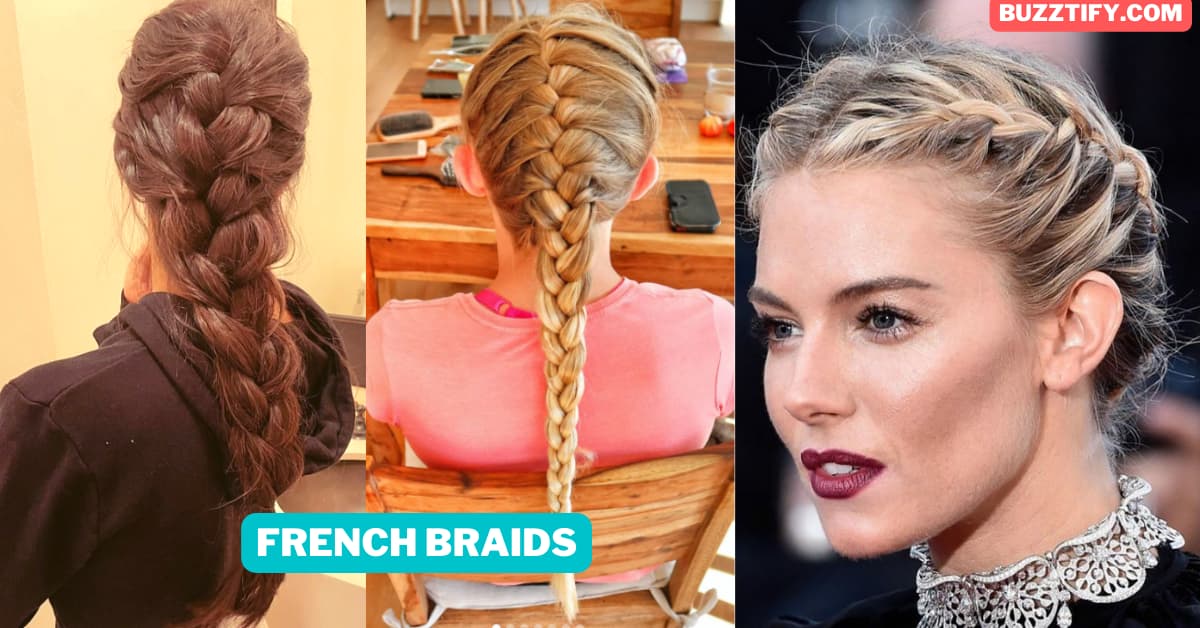
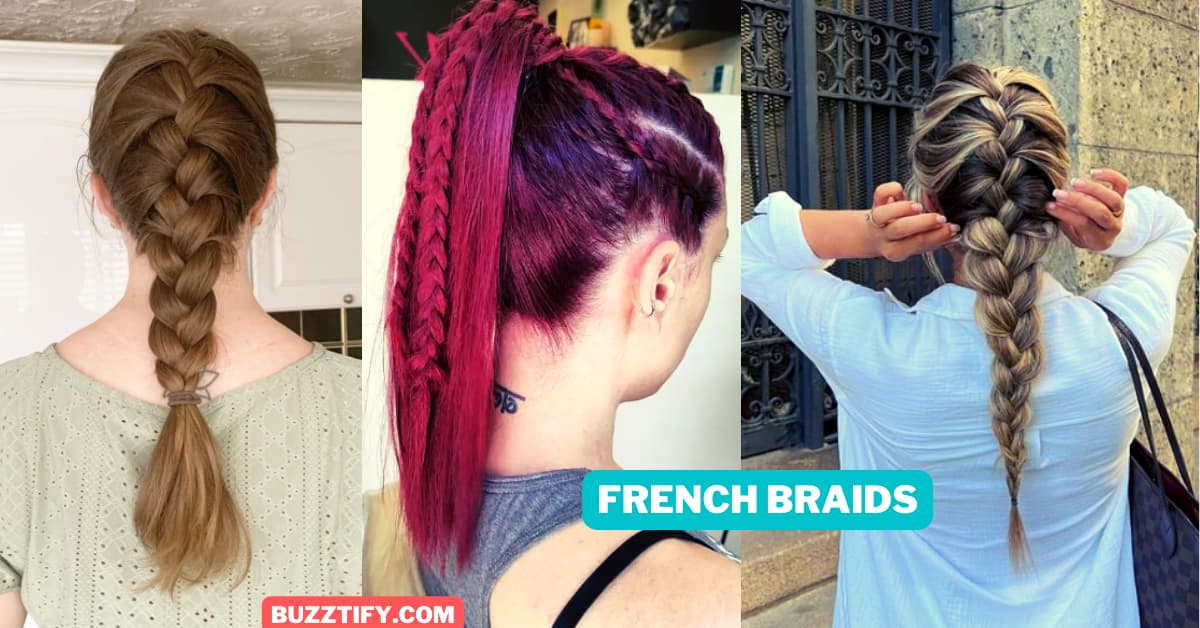
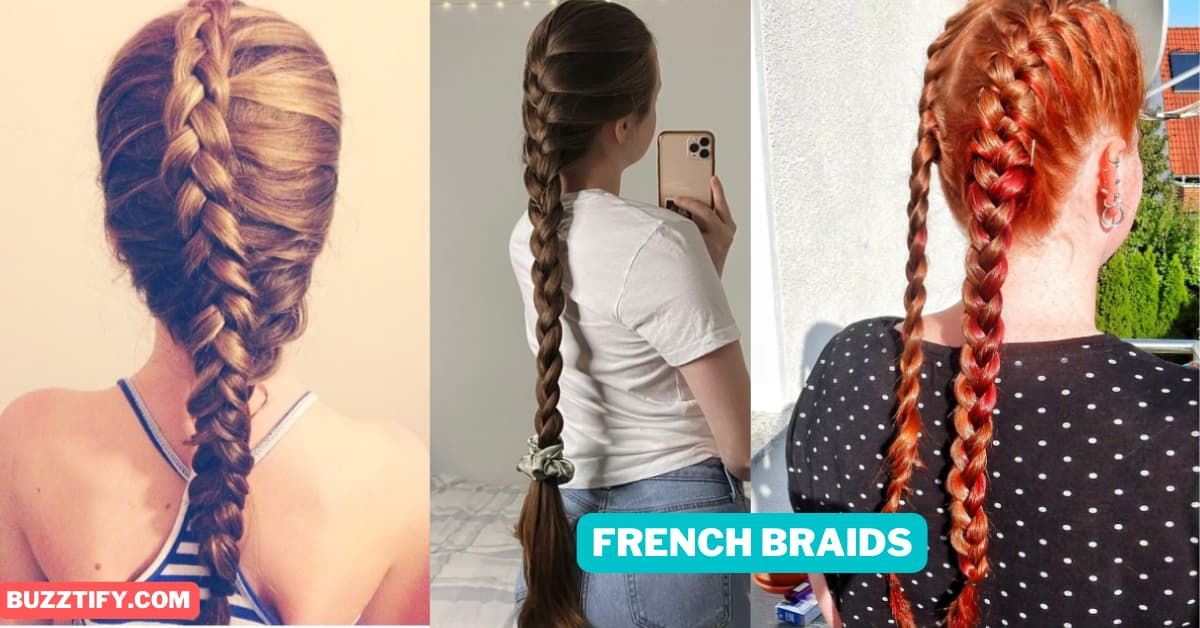
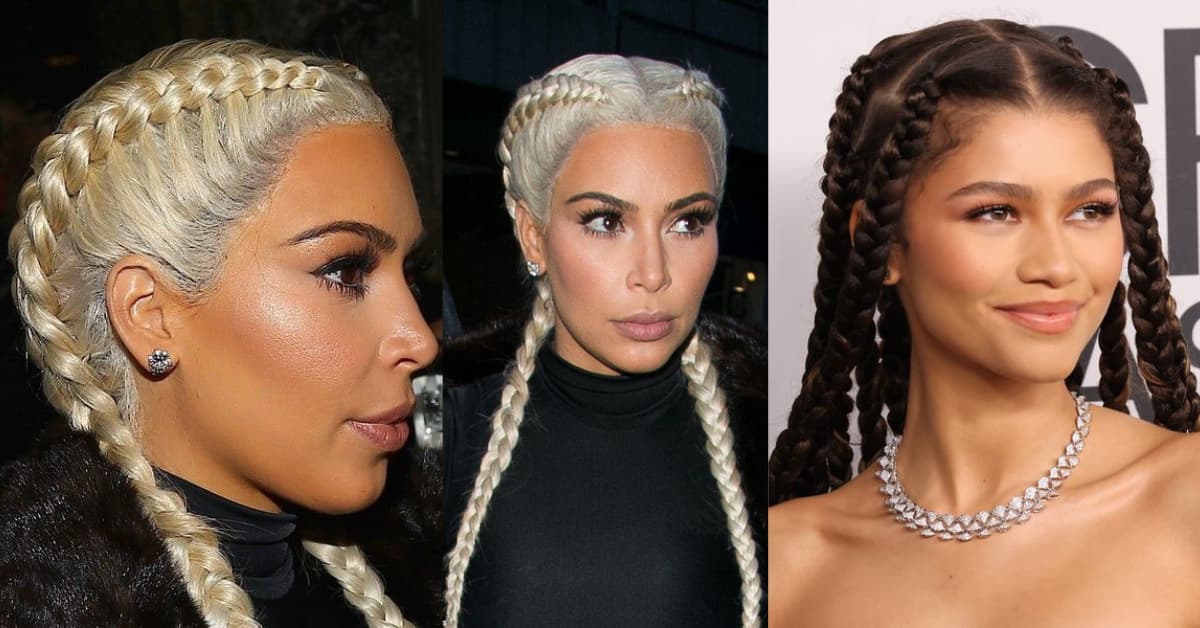
How to do a French Braid on Yourself at Home
Looking for a step-by-step guide to achieving this look at home? This tutorial will show you how to do a simple French braid.
Step 1 Clean and Brush your Hair
You should definitely brush your hair! It is more difficult to pull parts of hair down when they are tangled, since this makes braiding more challenging. It is also a good idea to give a little amount of texture to your strands. “Day-old hair helps prevent your braid from falling out,”
Braids might fall apart if the hair is too silky from being freshly washed. To remove excess oil, try sprinkling a little dry shampoo on the roots. It’s simpler to braid your hair if it’s been sprayed with a texturizing spray after it’s been cleaned.
Step 2 Creating Sections
At the top of the head, divide the hair into three portions, and start by constructing the first one to two rows of a conventional braid: To create a new pattern, cross the right strand across the middle one. After that, you should cross the strand on the left across the one in the middle.
Step 3 More Sectioning
After you have completed this procedure a few times, you will continue with the pattern of placing the outside strand over the center, but you will also begin to incorporate additional sections of hair.
Before crossing the left or right piece across the middle, add a short section of hair from that side. Pick up a straight line of hair from the hairline to the braid.
Step 4 That’s a French Braid for you
Continue until no hair remains. If you have long hair, finish braiding the ponytail with a classic braid.
Make 2 French braids by following the same steps for each segment of hair once it has been divided into two halves. Cornrows may be made by dividing your hair into as many sections and then repeating the process for each one.
Read More – How Can I Find my Curly Hair Type? Curly Hair Chart and Types
What is a Dutch Braid and Hairstyles Types
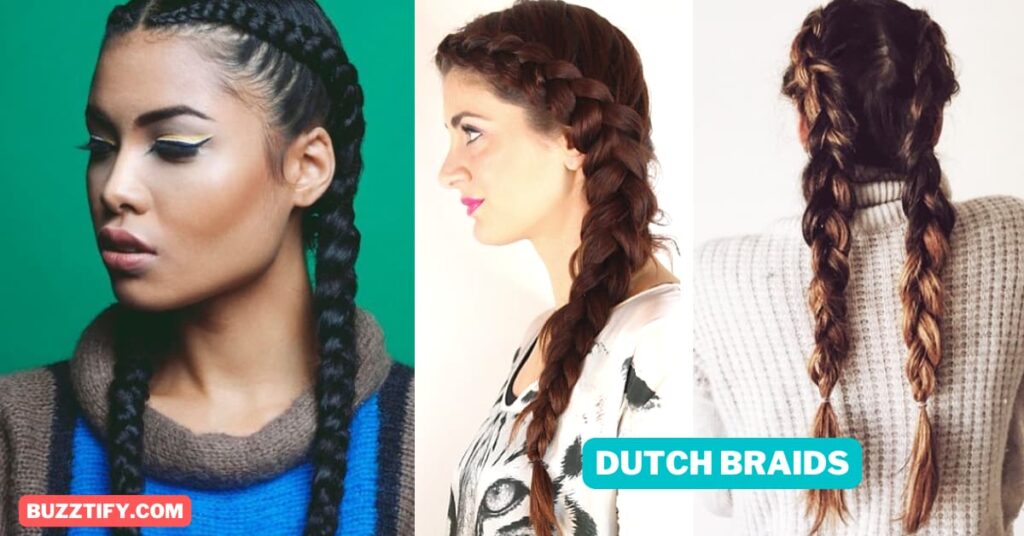
There are three sections in a Dutch braid, each with a bit of hair braided into it, and the parts cross beneath each other from the center to till the neck.
Dutch braids seem more like single braids floating on top of the hair, with the portions of hair neatly tucked beneath. Imagine the French braid as being turned upside down, and you will have the Dutch braid.
This braided hairstyle, which is very similar to the French braid, may be done either as a single braid or as a double braid. Boxer braids are another name that is occasionally used to refer to double Dutch braids.
How to do a Dutch Braid Yourself at Home
The main difference between a regular French braid and a Dutch braid is that, while doing a Dutch braid, you will bring the outside piece below the center piece rather than over it. Other than that, the procedures for doing a Dutch braid are quite similar to those for doing a French braid.
In a Dutch braid, you start by braiding one or two rows of typical braids. Once you start weaving hair in, keep adding little pieces down to the nape of the neck—under, not above.
To make your Dutch braid stand out, do soft tugging on braid portions to produce a thicker, bigger-looking braid. Also use a tail comb to split two braids.
If you have a Dutch braid that is messier than usual, all you need is a bobby pin and a little amount of hairspray to safely tuck it back into place.
Dutch braid and Double Dutch Braid Hairstyles
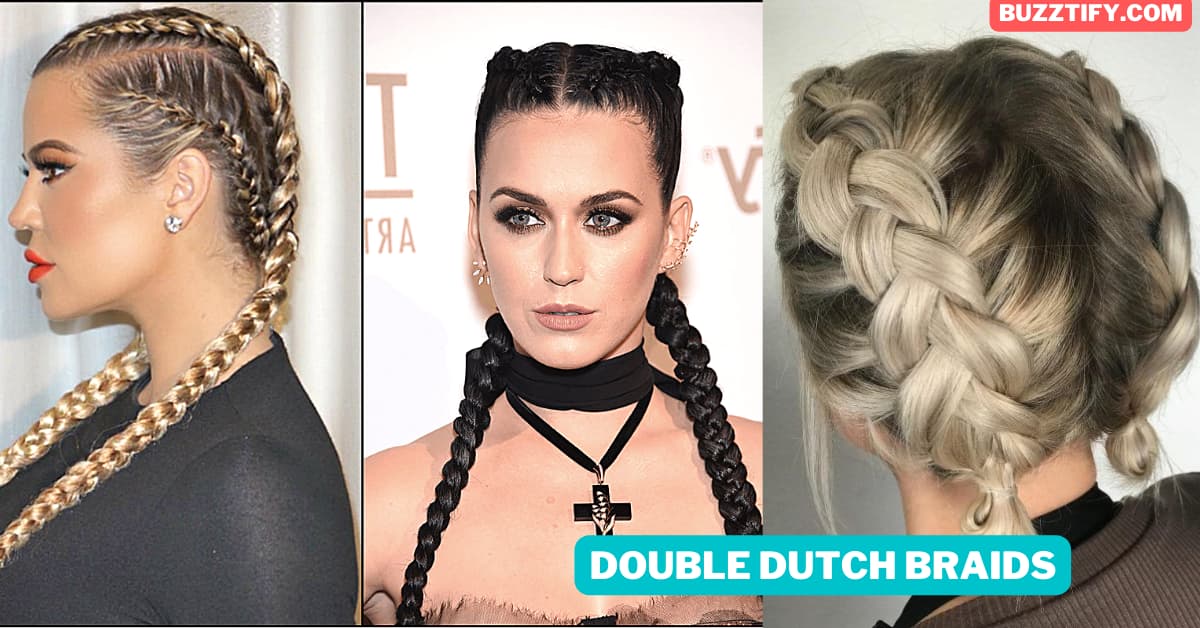
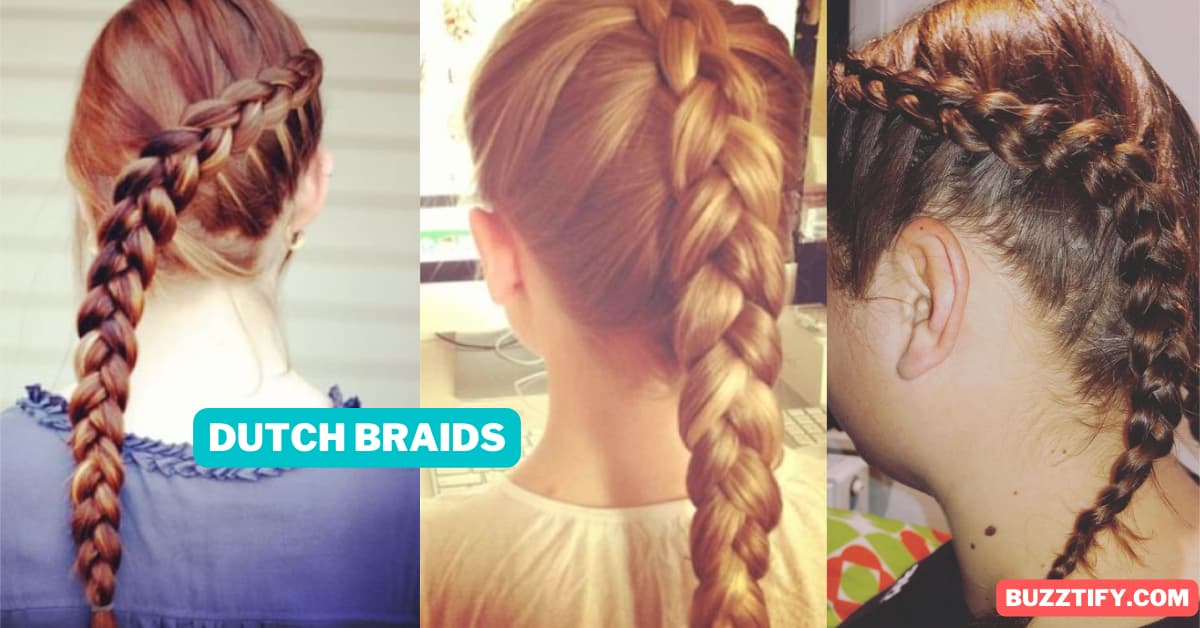
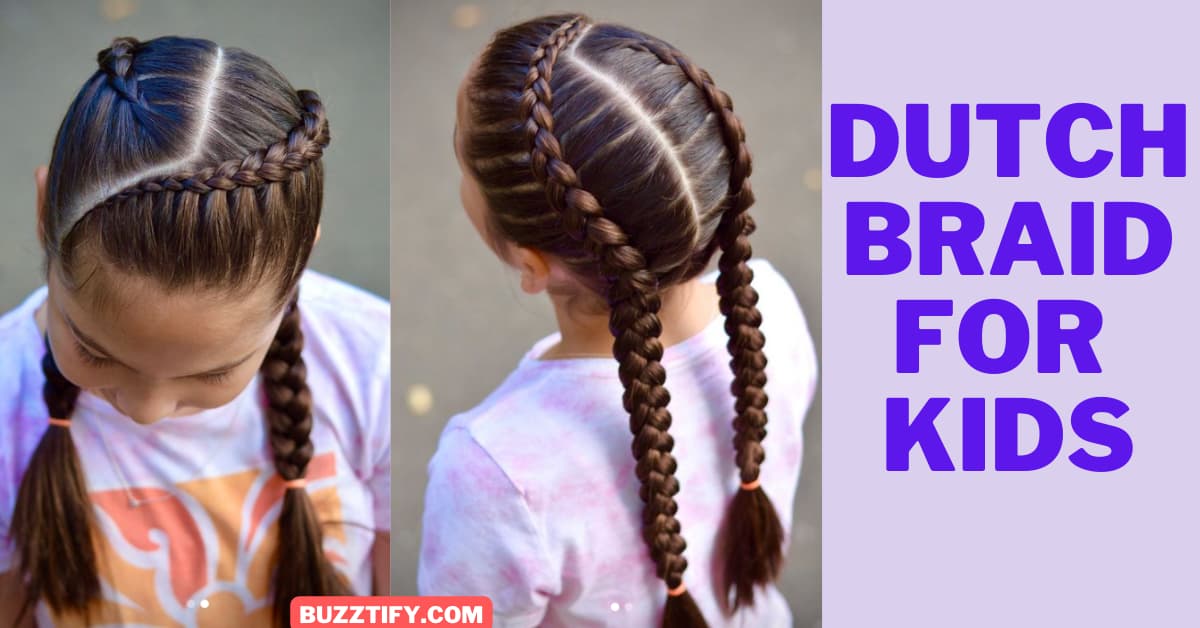
Read More – How can I Take Care of my Coily Hair and its Types

